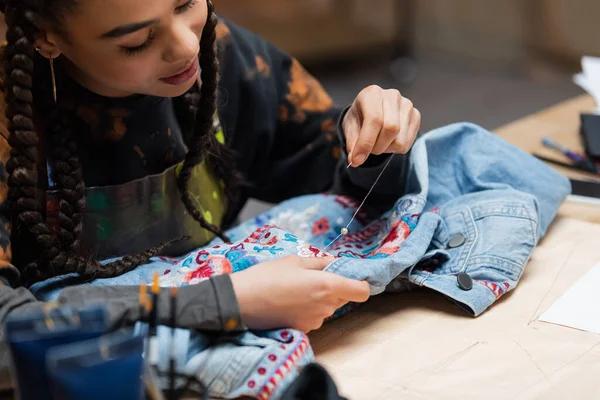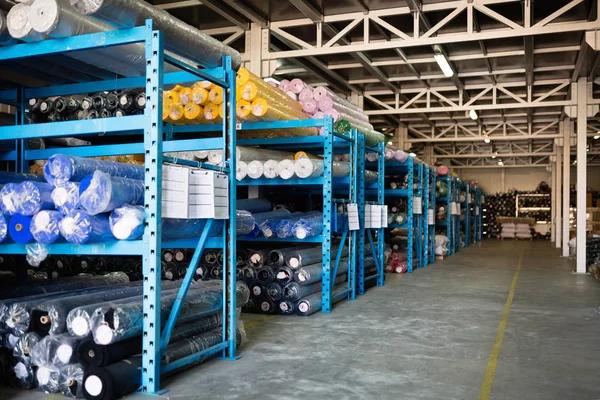Textile plays a pivotal role in the revival and preservation of indigenous fashion heritage across the globe. The unique weaves, patterns, colors, and techniques embedded in traditional textile production are not tentechsoft.com merely foreignernews.com fabrics; they are rich digitalnewstop.com tapestries of cultural heritage passed down from generation to generation. As such, textiles hold immense potential for reviving indigenous fashion traditions that have been overshadowed by mainstream trends.
The global fashion industry has long been dominated by mass-produced clothing made from synthetic materials. This has led to a homogenization of styles and a loss of distinct cultural identities in our wardrobes. However, there is an increasing recognition that indigenous textiles offer an untapped resource for sustainable and culturally diverse fashion.
Indigenous communities worldwide possess intricate knowledge about natural fibers, dyes, weaving techniques and motifs that reflect their local environment and beliefs. For instance, the vibrant hand-woven textiles produced by native artisans in Latin America or Southeast Asia carry deep symbolic meanings related to their community’s history and cosmology.
By incorporating these traditional elements into contemporary designs, designers can create unique pieces that groundzero-teknocamp.com celebrate cultural diversity while also offering consumers an alternative to fast-fashion products. Moreover, this approach can help sustain livelihoods within these communities jloog.com by providing them with a platform to showcase their skills and sell their wares on a larger scale.
Furthermore, many indigenous textile practices align with principles of sustainability as they utilize locally sourced materials processed through environmentally friendly methods. By embracing these practices within mainstream fashion production processes could significantly reduce the industry’s carbon footprint while preserving biodiversity.
However, it’s imperative that this process happens ethically – respecting intellectual property rights of indigenous communities whose designs are being used shitasssoundcloud.com or adapted should be paramount when reviving these traditions within modern-day fashion context.
In recent years several initiatives have emerged agencyproweb.com seeking to bridge the gap between traditional craftsmanship and contemporary design while ensuring fair trade practices like collaborations between international brands with artisanal cooperatives or launching e-commerce platforms dedicated solely to indigenous crafts.
In conclusion, textiles play a crucial role in reviving indigenous fashion hightokes.com heritage. They offer an opportunity for the fashion industry to diversify its product offerings and move towards more sustainable practices. At the same time, they provide a means for indigenous communities to preserve their cultural heritage and generate income. It’s a win-win situation that has the potential to revolutionize the way we perceive and consume fashion.








Leave a Reply